If you are looking for a great way to add new perennial plants to your landscape without breaking the bank, it’s time to organize a fall flower swap with your friends and neighbors!
So what exactly is a perennial flower swap? In a nutshell, it’s the perfect way for fellow gardeners to share and exchange starts of perennials from their own landscape.
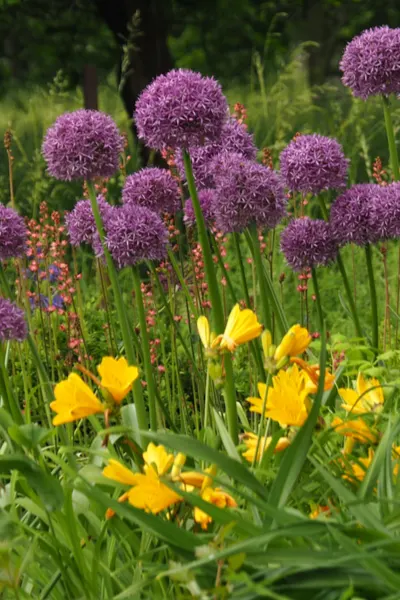
And there is no better time to organize one than in the fall as you prepare your plants for winter.
Perennials In The Fall
Cutting back and dividing perennials on a regular basis is a must for keeping plants healthy and blooming strong. Dividing helps keep plants manageable in their space, and also keeps them blooming strong.
Plants whose roots and foliage have become too big begin to struggle and fail over time. They are simply unable to soak in enough nutrients to sustain the overgrowth and still bloom.
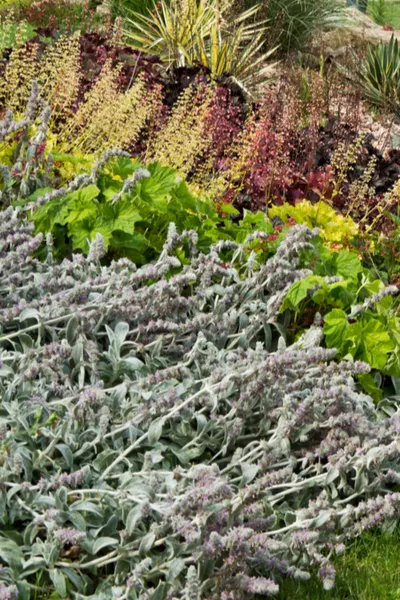
But by dividing overgrown plants in the fall, you can keep them strong and healthy – all while creating extra plants to swap with your friends! (See: How To Divide Perennials In The Fall)
Organizing A Perennial Flower Swap
Flower swaps can take place with a single neighbor, a few fellow gardeners, or a whole group of friends. By simply dividing a few plants in each of their landscapes, swappers can exchange starts with one another.
Whether it be a large patch of daylilies, hostas, sedum, or a massive clump of liriope, every gardener has a few perennials that have grown beyond their space.
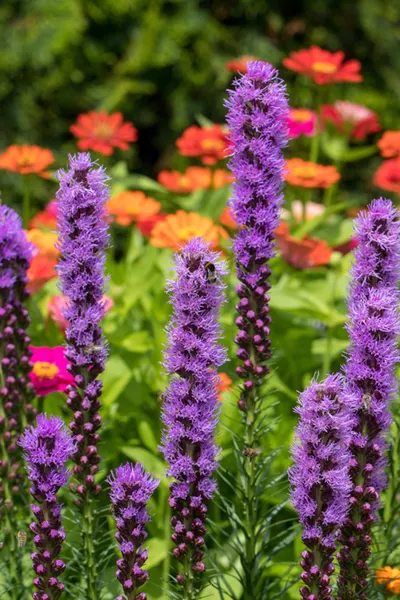
By getting together and sharing the extra plants that are the result of dividing, each participant in the swap has the opportunity to try out new plants in their own landscape – all for free!
And are there ever some incredible advantages for perennial flower swaps beyond just the free plants.
First, with local exchanges, you are getting plants that are accustomed to growing in your weather and soil conditions.
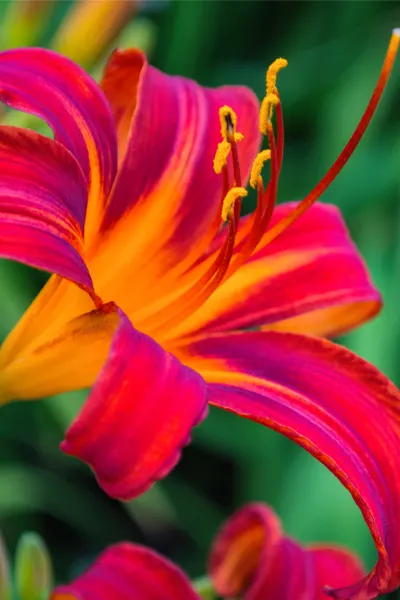
But even more, the plant starts come with first hand knowledge of its performance and characteristics. Too often, when purchasing plants in a nursery or on-line, you simply don’t know how the plant will perform in your area.
But by getting a start from someone in a fall flower swap, you gain firsthand knowledge! Including everything from bloom times, how and when to fertilize, to maintaining tips from year to year.
The Fall Perennial Flower Swap Advantage
Fall, of course, is the ideal time to dig up and divide most perennials. By digging up and dividing plants in the cool weather of fall, new transplants have time to settle in before going dormant as winter arrives.
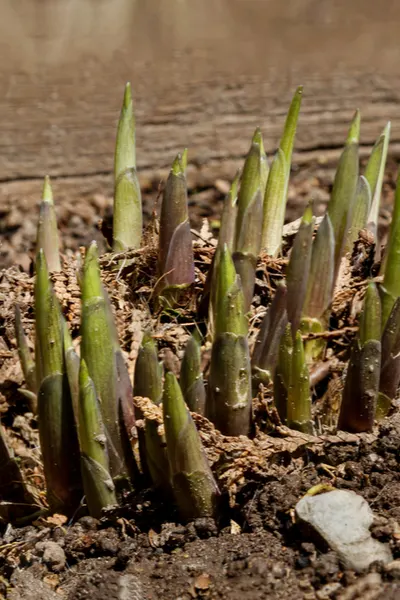
And that settling in period is important. It not only allows new transplants enough time to prepare for the upcoming winter, it also sets new plants up for strong, quick growth the following spring.
So make this the year you organize your own fall perennial flower swap! You can make it as big or small as you like. In fact, some flower swaps have turned into an long-standing annual event among gardener groups and friends.
Some make an entire day of it with a shared meal. Others combine fall cookie exchanges, book exchanges of their favorite gardening books, or even garden tours.
However you do it, here is to fall flower swaps, and to adding more beautiful perennials to your landscape for free!

This Is My Garden is a website dedicated to spreading the love and knowledge of gardening around the world. We publish two new garden articles each week. This article may contain affiliate links.
